WASHINGTON, D.C. – U.S. Senator Rand Paul today released the latest edition to ‘The Waste Report,’ which is an ongoing project cataloguing egregious examples of waste within the U.S. government. The latest edition exposes $350,000 of taxpayer funds spent by the U.S. National Science Foundation (NSF) on a study that focuses on how an athlete’s perception influences their physical performance.
‘The Waste Report’ can be found HERE or below.
Some athletes call it “the zone,” which is the sense of being on your game – the feeling that you are on fire and you just cannot miss. Well, it appears the U.S. National Science Foundation (NSF) did miss when it spent $350,000 to fund a study of athletes in the zone.
That’s right. A study, originally funded in 2010 and conducted by researchers at Purdue University, looked at how perception relates to performance. The grant leads off with “[a]thletes playing well describe distortions in spatial perception: basketball hoops appear as large as hula-hoops, golf holes as big as manholes, and baseballs as big as grapefruits.”[1] The big question here: do athletes play well because they perceive baseballs to be as big as grapefruits, does the perception materialize when playing well, or is it just a false memory?
This is already sounding very similar to the NSF-funded study covered in ‘The Waste Report’ of July 14, 2015: Feeling Bad About Government Waste?, where NSF spent $175,000 to figure out how good individuals are at predicting how they will feel about decisions they make.
So what was learned in this study? In tennis, players who hit the ball out of bounds thought it came at them faster than those who hit it in play. And when playing Pong, a version of the video game Pong, the virtual ball seems to move slower when the paddle is bigger.[2]
But the most fascinating experiment (as in why are taxpayers paying for this?) related to the perception of walls in parkour. What is parkour, you ask? Well, sometimes called “free running,” parkour is an urban sport involving scaling and jumping off walls, similar to what is seen on American Ninja Warrior. And, thanks to NSF’s funding, we’ve learned that traceurs (skilled parkour athletes) see walls they may scale as shorter than novices and presumably everyone else.[3]
While a professional sports team or a trainer may find value in understanding how an athlete’s perception may influence their performance or visa-versa, Uncle Sam should leave it up to those entities to provide the funding for such projects.
###
[1] Action’s Effect on Perception, NSF; Research at Purdue University; Award No. 0957051.
[2]Performance and ease influence perceived speed, Witt, JK ; Sugovic, M. Web of Science Core Collection; PION LTD, 207 BRONDESBURY PARK, LONDON NW2 5JN, ENGLAND; 2010
[3] What is Parkour, World Freerunning and Parkour; http://www.wfpf.com/parkour/
